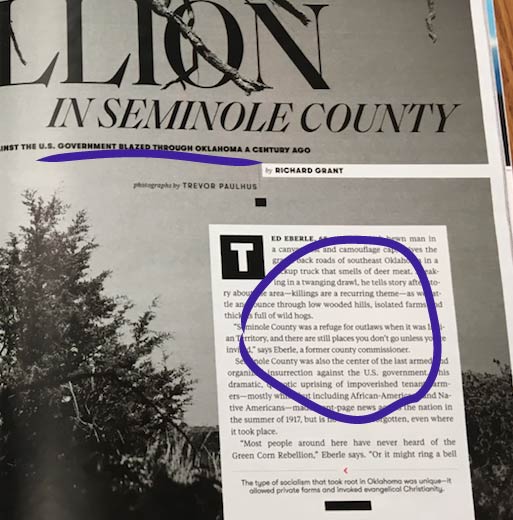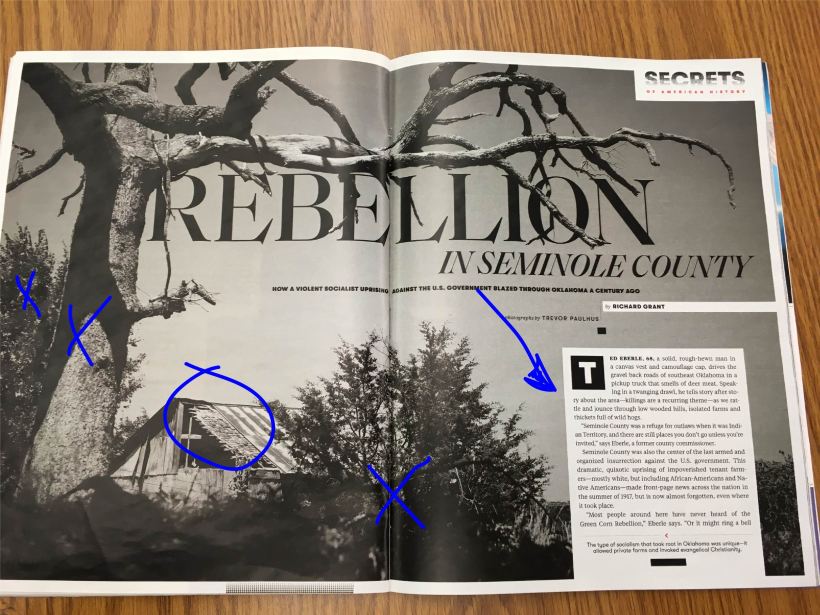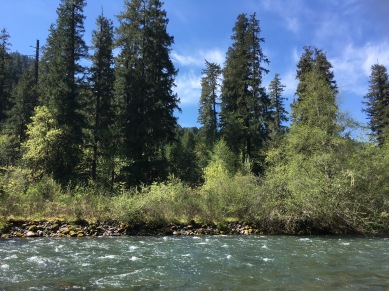The Original Design:

This is the Converse All Star! I couldn’t find out who exactly designed this. I do however know that it was released in 1974 as part of a new advertisement campaign after the brand was purchased by Elta Corporation. It was in the February Hot Rod Magazine of that year. During this time, the number one basketball shoe was the All Star and everyone wore them. Pictured was a suede-leather shoe. This definitely targeted the athletic community and with a name like Converse, they could afford it.
- Design (Contrast, repetition, alignment, proximity)

Regarding the design, it is clear that this is in line with many of the retro styles of the day. We have the gradient showing the dark blue to light here. The contrast between the blue and the white is clear even as it gets lighter. However, there is more subtle contrast used near the bottom as the gradient fades to white. Due to all of the elements being relatively large, most of the elements are in pretty close proximity. The alignment is all centered and sure, it gives the ad a slightly more casual appearance, but we are all really looking at the shoes.
- Color

When it comes to color, there are 3 main colors involved. We have the white, black, and blue. As mentioned above, there is a gradient employed which gives the ad that refreshing, retro look. The white and black of the text serve as contrast to the differing shades of blue. The color is likely all based around the image of the sneakers there in the center of the design.
- Typography

Within the typography, there isn’t anything too terribly flashy to report. The caption shown is clearly a serif font according to all of the slanted serifs therein. However, the text blurb below is clearly in a virtually weightless sans serif font. This is attractive to use, due to the size and the amount of text. The centering keeps the viewer’s attention inward, as was likely the intention.
My own iteration:

- Design (Contrast, repetition, alignment, proximity)

Within my design, it clearly shows a similar feeling with the alignment. I attempted to imitate the centricity of the original design. Because of the size and placement of the central image, the text doesn’t follow the exact pattern shown in the original. There is no gradient, but the background used still aided in employing some contrast to the design.
- Color

Because the only converse sneakers I had available were orange, the color was changed to an orange. The white, black, and orange of the shoes all are imitated in the rest of the design. Both of the text areas still aid in contrast against the stark orange backdrop.
- Typography

Within this iteration, a serif font is once again used for the main caption. A serif font is as well used in the main text blurb below. The text is still not too flashy as to draw the viewer’s attention to the shoe instead.
The original and new ad both have a number of very similar features. They both follow the same rules of typography, color themes and layout. Although the messages in the text of either ad differ slightly, the new design was offered as kind of a follow up, a response to the original. The overall effect though, is the same. The image of the shoe and the text showing the brand name are the central, highlighted features of both designs and they clearly show a call to action, which obviously is the purchase of this (in this student’s humble opinion) fantastic pair of kicks.















